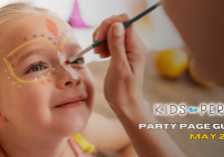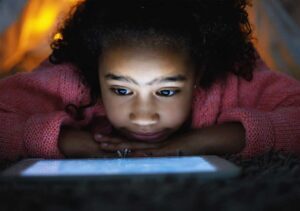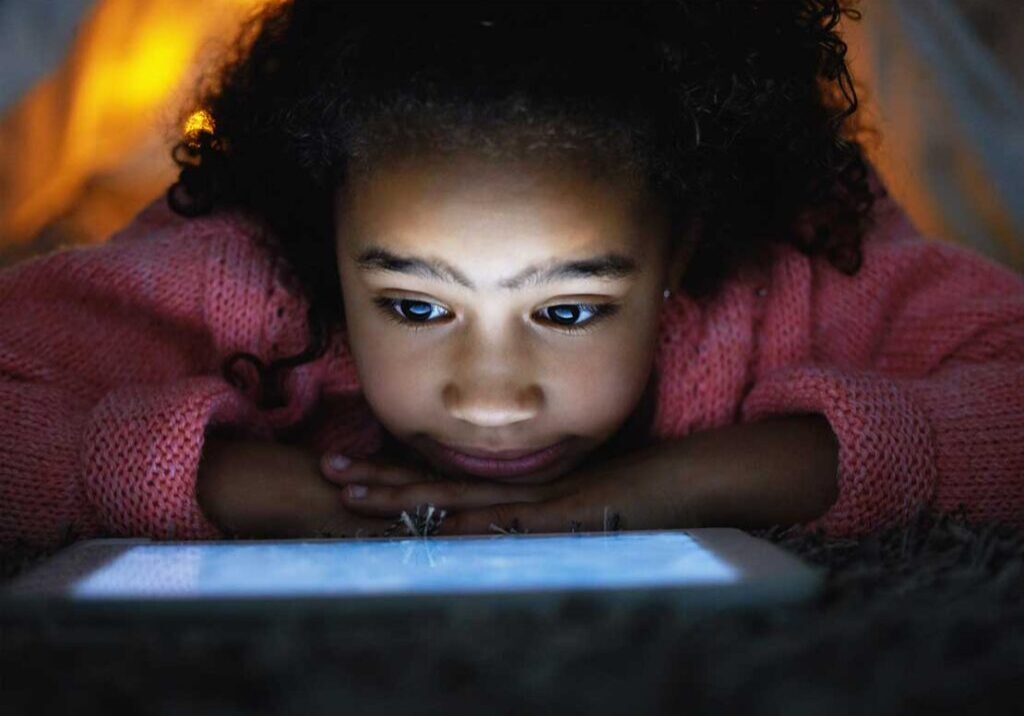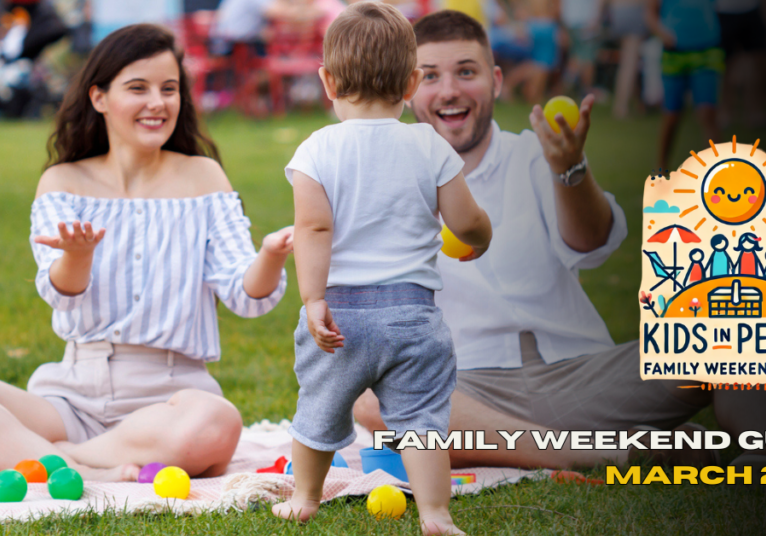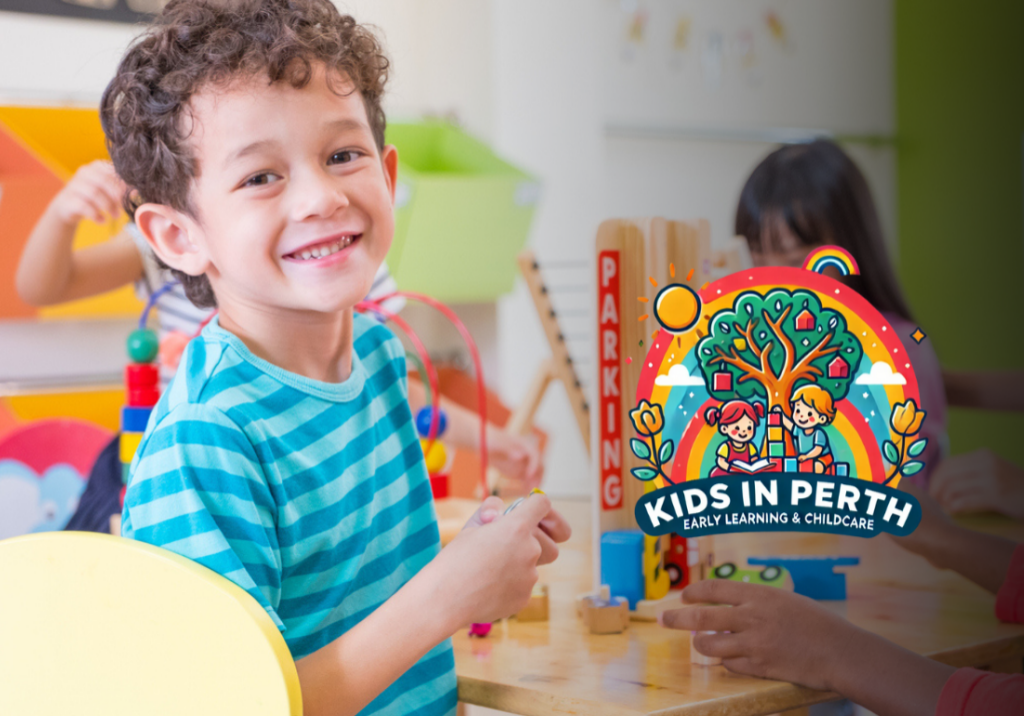All that glitters is not gold
By Cassie Hart, Editor - Kids in Perth 05 Jul 2021
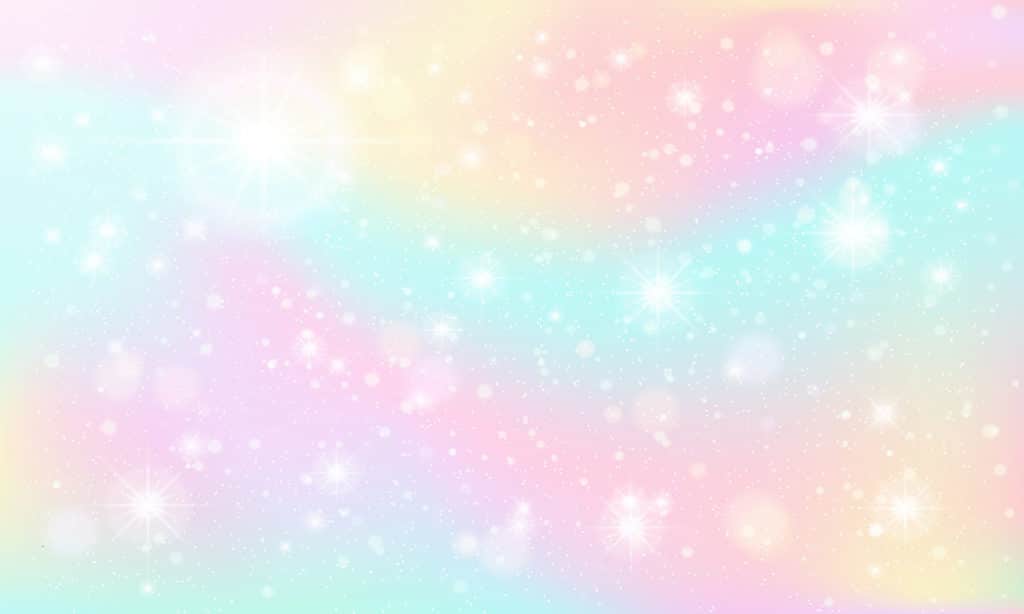
GLITTER. Most kids love it. Most parents hate it. (Seriously, how can I still be finding random pieces around the house multiple weeks and vacuums after the kids were using it?) On top of being messy, it is also really bad for the environment as it is made up of microplastics that end up washing into our waterways and oceans. If only the kids could enjoy all the fun and magic of glitter without littering shiny damaging plastic all over the place. According to Perth mum and educator Meg Brown, they can; we just need to make some tweaks.
Glitter is a fun magical thing. Nobody wants to get rid of glitter, but when you realise the repercussion it has people are wanting to make that change,”
Explains Meg Brown
Brown has recently started a campaign called Glitter Be Gone. The idea came to her back when she worked at a childcare centre and noticed just how much glitter was being used.
“Glitter was a product that we used a lot, but unlike plastic bottles and zip-lock bags and all of the obvious plastics, we were sprinkling the stuff around like it was nothing. Just all over the place.”
She also found that most people she spoke to didn’t even realise what glitter was made of and that they were using microplastsics on a regular basis. This inspired her to go about educating people about glitter as a microplastic and what they can use as a fun, colourful alternative.
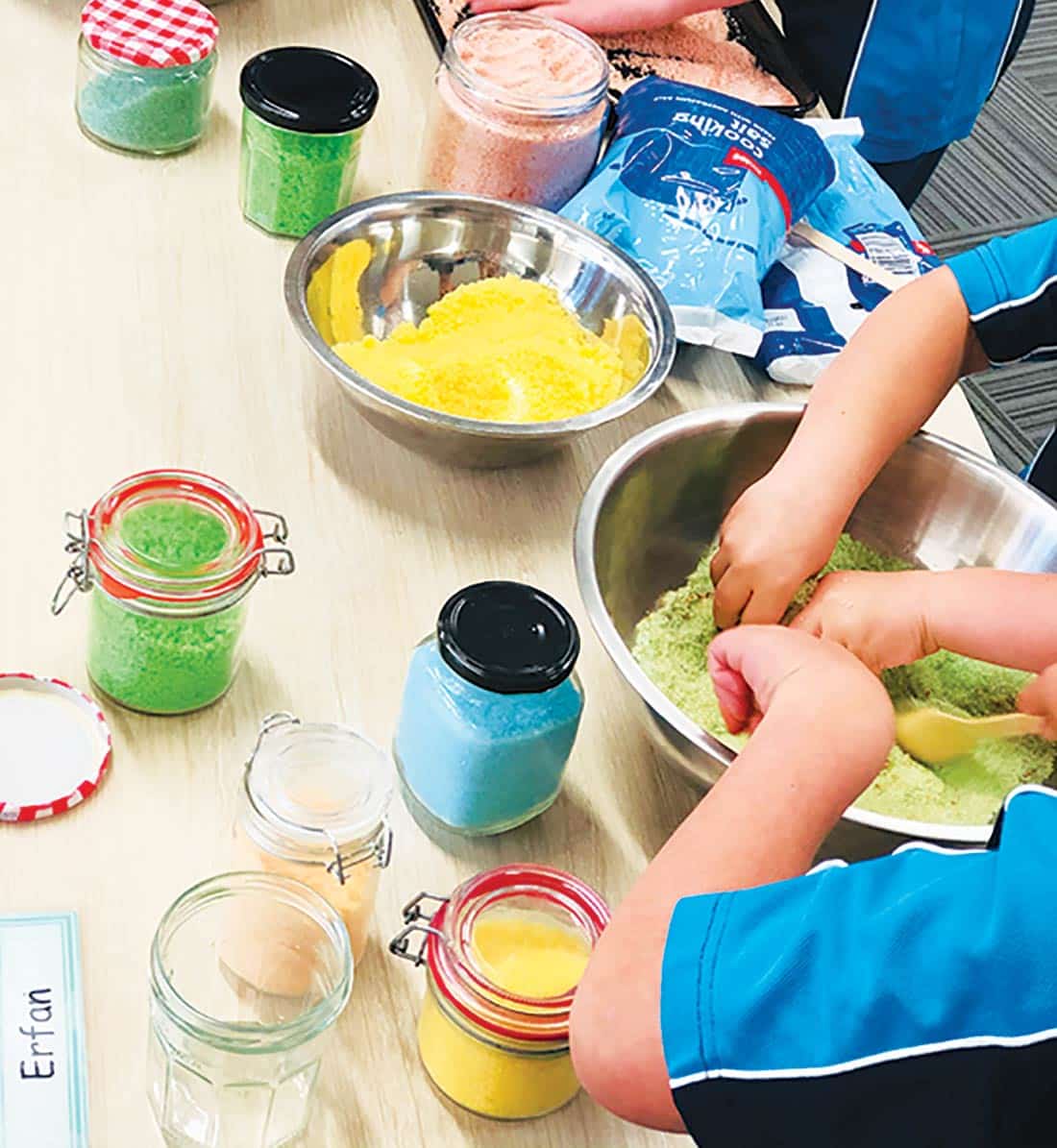
“The first step is don’t throw the glitter you have already in the bin, because there’s no point. Use it until it’s gone and then from that point onwards vouch to not buy glitter or make your own.”
According to Brown, we can easily make our own eco-friendly glitter using two basic pantry items.
“The best things I found are either salt or sugar. I find salt is better because the kids are less inclined to jam a whole mouthful in their mouth. And then all you do is put literally a couple of drops of food colouring in a bowl and you just slowly mix the salt with the food colouring, and slowly you’ll see the salt colour start to change.”
Making your own glitter doesn’t only benefit the environment; it’s a great activity to do with the kids.
“Not only is it cheap, it’s fun, it’s hands-on and it’s engaging,” says Brown. “It’s got a lot of sensory play, fine motor skills, it’s got lots of benefits that just simply buying a bottle of glitter doesn’t have.”
Brown says people are starting to see a need for change, they just sometimes don’t know how. Through her business Nutmegz education, she is showing schools, childcare centres, community groups, playgroups and individual families how to set up a more sustainable way of living.
“Part of that is how to minimise our footprint: how to use less plastic in our workplace and in our homes, how to grow our own food, worm farming, composting, reusing jars and things. It focuses on creating healthy kids on a healthy planet.”
Her message to families is that we don’t have to get rid of things we like using completely, we just need to makes some tweaks that are better for the environment. And start small with something like glitter.
“Making your own glitter is symbolic on so many levels. It shows you you can still have the cool stuff, just different. It shows you that the process is what actually makes it so fun. There’s satisfaction out of making your own stuff. It can be cheap and easy.”
How to make Eco Glitter
Step 1:
Fill a bowl with salt
Step 2:
Add a couple of drops of natural food colouring
Step 3:
Slowly mix-mix-mix until the colour stains all of the salt.
Step 4:
Store in airtight glass jars





